Rising Demand for Automation
The Automatic Liquid Filling Market is experiencing a notable surge in demand for automation across various sectors. Industries such as food and beverage, pharmaceuticals, and cosmetics are increasingly adopting automated filling solutions to enhance efficiency and reduce labor costs. According to recent data, the automation market is projected to grow at a compound annual growth rate of approximately 10% over the next five years. This trend indicates a shift towards more streamlined operations, where precision and speed are paramount. As companies strive to meet consumer expectations for faster delivery and higher quality, the integration of automated liquid filling systems becomes essential. This demand for automation not only improves productivity but also minimizes human error, thereby ensuring consistent product quality. Consequently, the Automatic Liquid Filling Market is poised for substantial growth as businesses seek to modernize their operations.
Growth in E-commerce and Online Retail
The Automatic Liquid Filling Market is significantly influenced by the rapid expansion of e-commerce and online retail platforms. As consumer preferences shift towards online shopping, companies are compelled to optimize their packaging and filling processes to meet the increasing demand for quick and efficient order fulfillment. Data suggests that e-commerce sales are expected to reach over 20% of total retail sales in the coming years, driving the need for automated solutions. This growth necessitates the implementation of advanced liquid filling technologies that can handle varying product sizes and packaging formats. Furthermore, the rise of subscription services and direct-to-consumer models requires flexible filling systems capable of adapting to diverse product lines. As a result, the Automatic Liquid Filling Market is likely to benefit from this trend, as businesses invest in automation to enhance their operational capabilities and customer satisfaction.
Regulatory Compliance and Quality Standards
The Automatic Liquid Filling Market is increasingly shaped by stringent regulatory compliance and quality standards imposed by various governing bodies. Industries such as pharmaceuticals and food and beverage are subject to rigorous regulations that mandate precise filling processes to ensure product safety and quality. Compliance with these standards often necessitates the adoption of automated filling systems that can provide accurate measurements and maintain consistency. Recent reports indicate that the pharmaceutical sector alone is expected to invest heavily in automation technologies to meet the evolving regulatory landscape. This focus on compliance not only enhances product integrity but also reduces the risk of costly recalls and legal issues. Consequently, the Automatic Liquid Filling Market is likely to see a rise in demand for advanced filling solutions that can help companies navigate these complex regulatory environments while ensuring high-quality output.
Technological Innovations in Filling Equipment
The Automatic Liquid Filling Market is witnessing a wave of technological innovations that are transforming filling equipment capabilities. Advancements in sensor technology, artificial intelligence, and machine learning are enabling more sophisticated filling systems that can adapt to varying production needs. For instance, smart filling machines equipped with real-time monitoring capabilities can detect inconsistencies and adjust parameters on-the-fly, thereby enhancing efficiency and reducing waste. Market analysis indicates that the adoption of such technologies is expected to increase significantly, with a projected growth rate of around 12% in the next few years. These innovations not only improve operational efficiency but also contribute to sustainability efforts by minimizing material waste. As companies seek to leverage these advancements, the Automatic Liquid Filling Market is likely to experience a paradigm shift towards more intelligent and responsive filling solutions.
Focus on Sustainability and Eco-friendly Practices
The Automatic Liquid Filling Market is increasingly aligning with sustainability initiatives and eco-friendly practices. As consumers become more environmentally conscious, companies are under pressure to adopt sustainable packaging and filling solutions. This shift is prompting the development of filling systems that utilize biodegradable materials and reduce energy consumption. Recent studies indicate that the market for sustainable packaging is expected to grow at a rate of approximately 8% annually, reflecting a broader trend towards environmental responsibility. Additionally, regulatory bodies are encouraging the adoption of eco-friendly practices, further driving the demand for sustainable filling technologies. As businesses strive to enhance their corporate social responsibility profiles, the Automatic Liquid Filling Market is likely to see a rise in investments aimed at developing greener filling solutions that meet both consumer expectations and regulatory requirements.


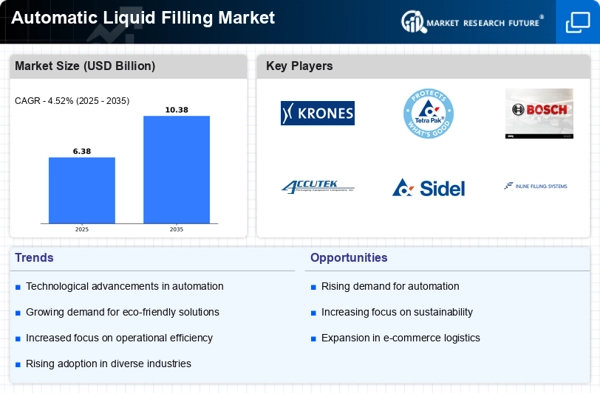
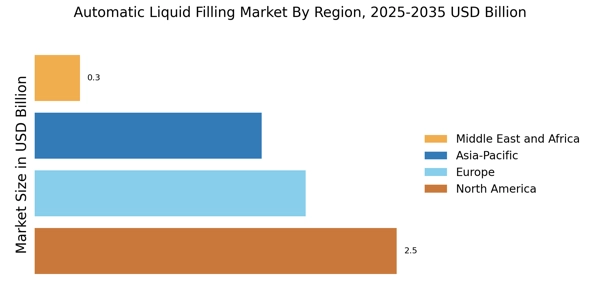
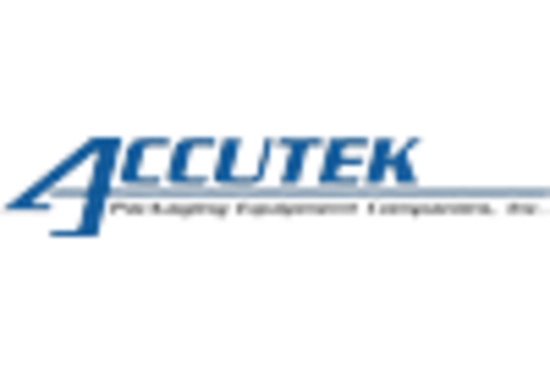
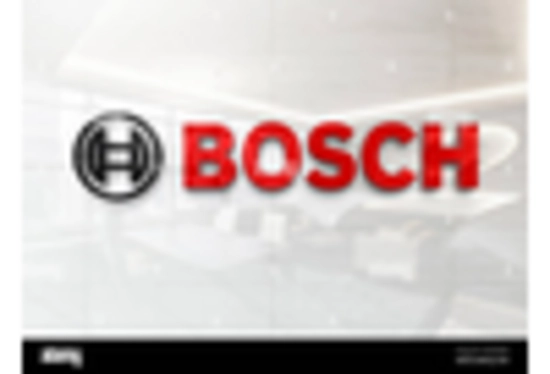
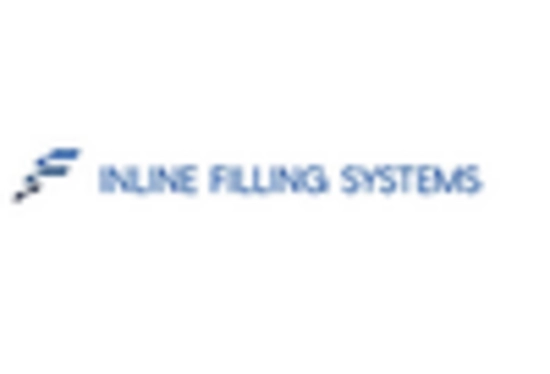
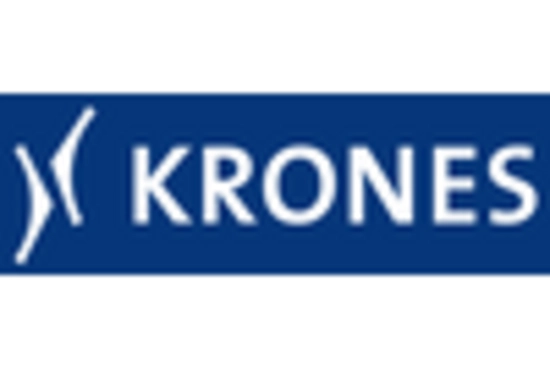
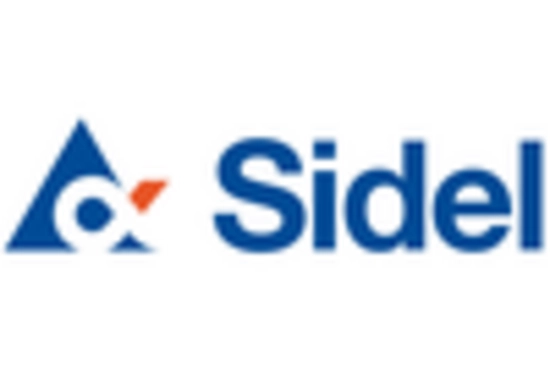
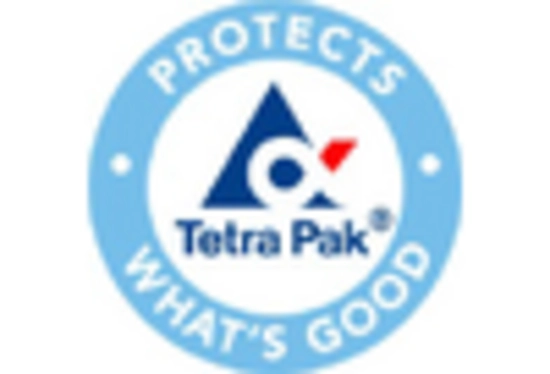








Leave a Comment